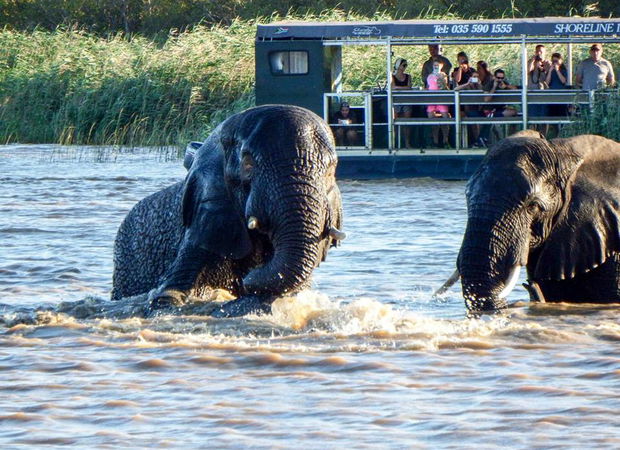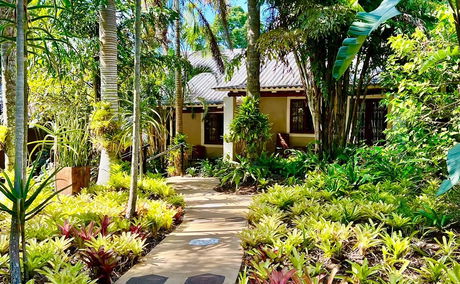From golden lit beaches to close encounters with hippos, St Lucia and surrounds offers a dreamscape of photographic opportunities. Whether you’re a passionate photographer or just love capturing moments on your phone, here’s our curated guide to the most stunning scenes, all within reach of Lidiko Lodge.
Lake St Lucia - https://isimangaliso.com/jewel/lake-st-lucia/

Lake St Lucia owns a sense of place like no other – one of the most abundant, naturally-endowed and beautiful pieces of real estate on earth. If the iSimangaliso Wetland Park is a miracle (which ‘iSimangaliso’ translates to from the Zulu) then the Lake is the heart that sustains that miracle. It is the focal point of the UNESCO World Heritage Listing and has been a Ramsar Wetland of International Importance since 1986. It is 80km long and 23km at its widest point.
Aside from the lake and dune ecosystems, the Park protects a marine zone of warm tropical seas, coral reefs and endless sandy beaches; the papyrus and reed wetland of the uMkhuze swamps, on the north of the lake; and, on the western shore, dry savannah and thornveld. Any one of these would justify conservation, but their confluence around the Lake St Lucia makes this a world-class wilderness.
More than 50% of all water birds in KwaZulu-Natal feed, roost and nest in this Estuary. Of the 155 fish species that have been recorded in the Lake St Lucia estuarine system, 71 species use Lake St Lucia as a nursery area – and at least 24 of these are important in marine line fisheries. More than 2 180 species of flowering plants have been documented here and it is home to many species of antelope such as waterbuck, reedbuck, kudu, nyala, impala and duiker.
Lately guests have had the privilege to witness the local elephant herd refreshing themselves in the lake.
Further Reading
In a world where travel and sustainability are becoming beautifully intertwined, choosing where to stay is more than just selecting a comfortable bed. It’s about aligning with values, supporting local communities, and ensuring that your travel footprint leaves behind something positive. At Lidiko Lodge, we pride ourselves on offering guests not just a tropical retreat, but a conscious, meaningful travel experience in the heart of St Lucia, South Africa.
In the heart of Zululand, the charming village of St Lucia is not only a gateway to the breathtaking iSimangaliso Wetland Park, but also to the heartland of the proud and powerful Zulu nation, South Africa’s largest ethnic group. For guests staying at Lidiko Lodge, cultural exploration goes hand in hand with adventure, wildlife, and relaxation. The Zulu culture is one of the richest and most well-preserved in Africa, and a visit...





Share This Post